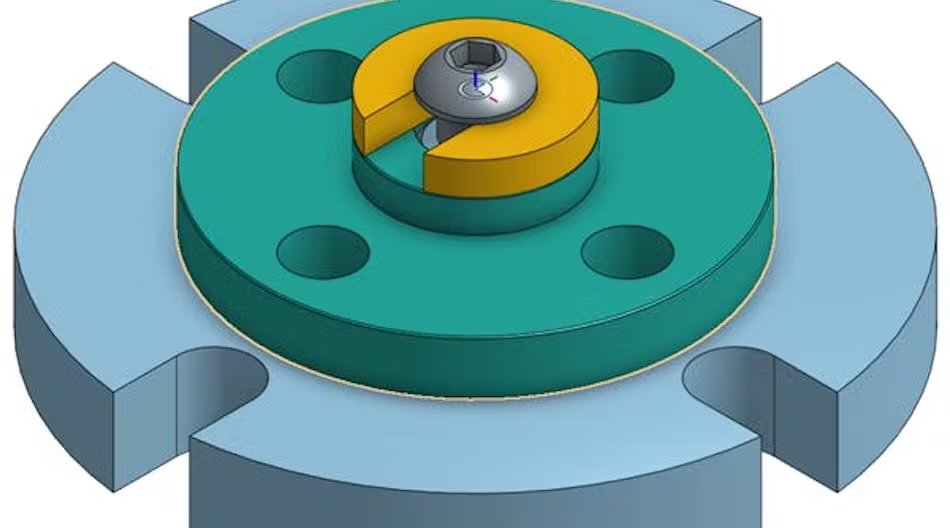
Ensuring Parts Fit, Using Bonus Tolerance to Your Advantage
Designers can use ASME Geometric Dimensioning and Tolerancing (GD&T), an internationally recognized symbolic language, to describe the acceptable limits of part feature variance.
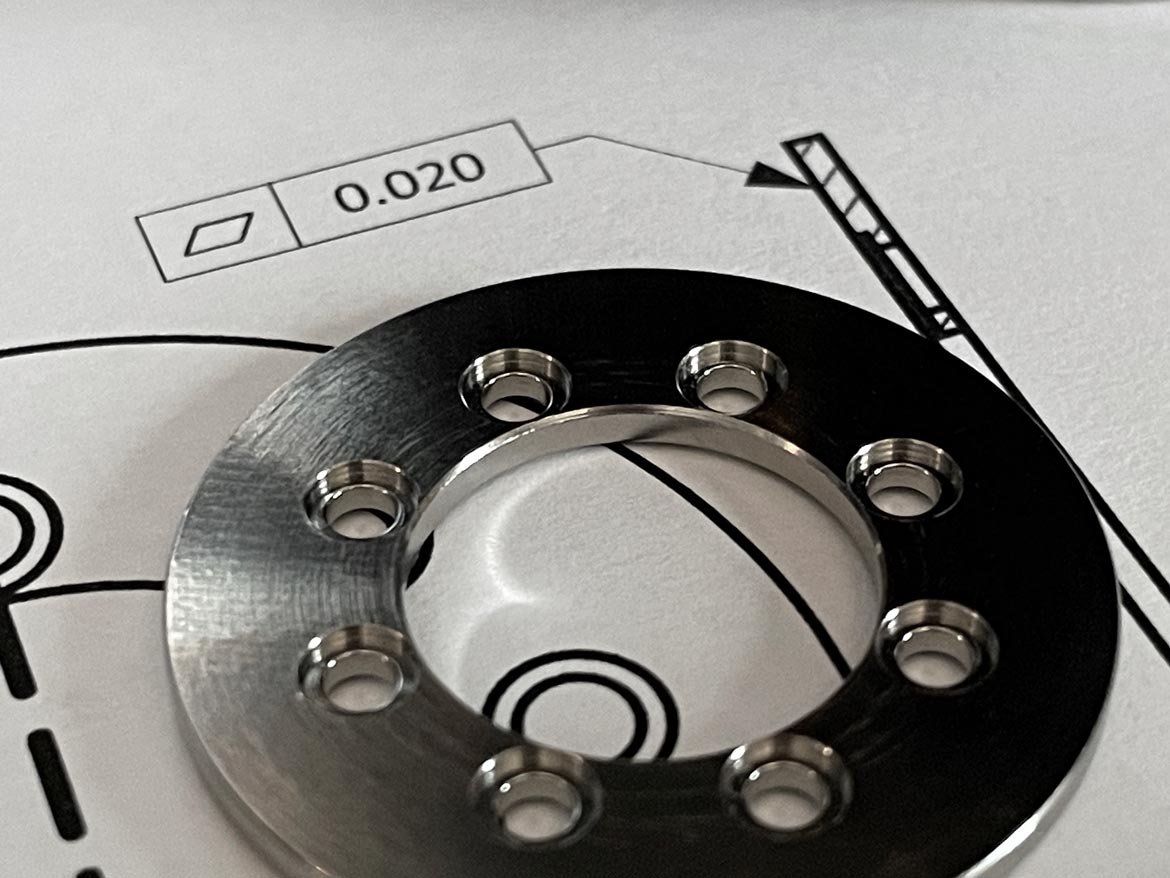
GD&T’s New Rule and What it means for Measurement
Here we will explore the implications of rule "S" and the limits/requirements of today's metrology as it is applied to these GD&T requirements.

Intelligent Model Based GD&T for Inspection
The central concept embodied in model-based definition (MBD) is that the 3D CAD model provides the detailed product information necessary for all aspects of the product definition. Engineers have wanted to harness the power of MDB for years.

Flatness – Surface vs. Feature of Size
Surface flatness is the type of flatness that most people are familiar with. On a drawing, the flatness callout can point straight to the surface with a leader arrow or be extended out from the surface and away from the feature of size.
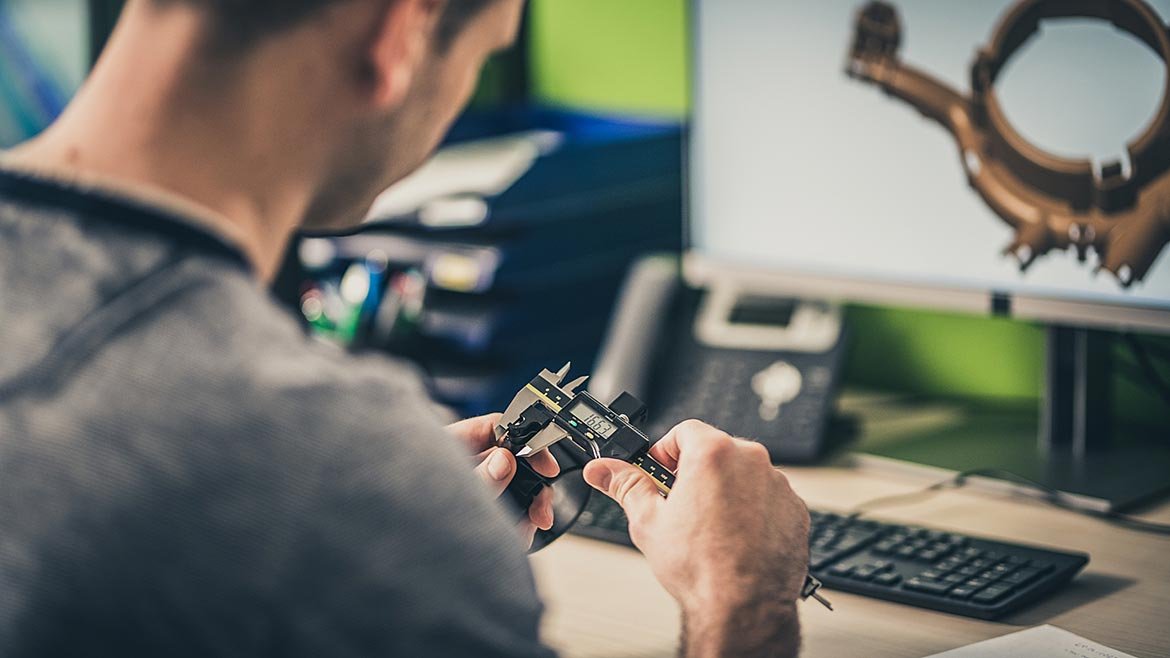
Fundamentals Matter: Why GD&T Remains Essential in Modern Manufacturing
In an era where emerging technologies like artificial intelligence, quantum computing, and humanoid robotics dominate the headlines, it’s easy to overlook the foundational principles that make these breakthroughs possible. Yet, behind every cutting-edge application is a bedrock of engineering fundamentals—principles that have guided innovation for decades.
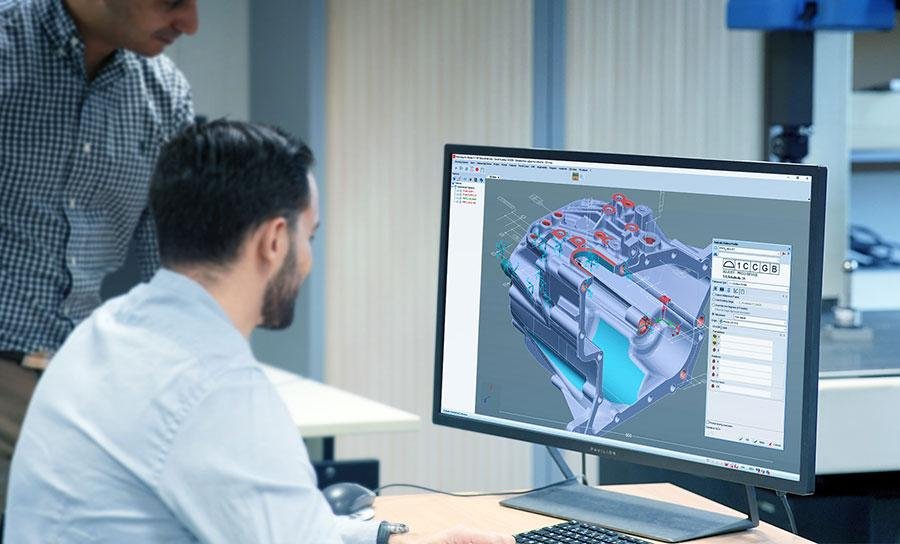
How can GD&T be used to reduce risks in 3D measurement processes?
Geometric Dimensioning and Tolerancing (GD&T) is a system that is used to define and communicate engineering tolerances particularly in the automotive, aerospace, electronics and commercial design industries for the past few decades.
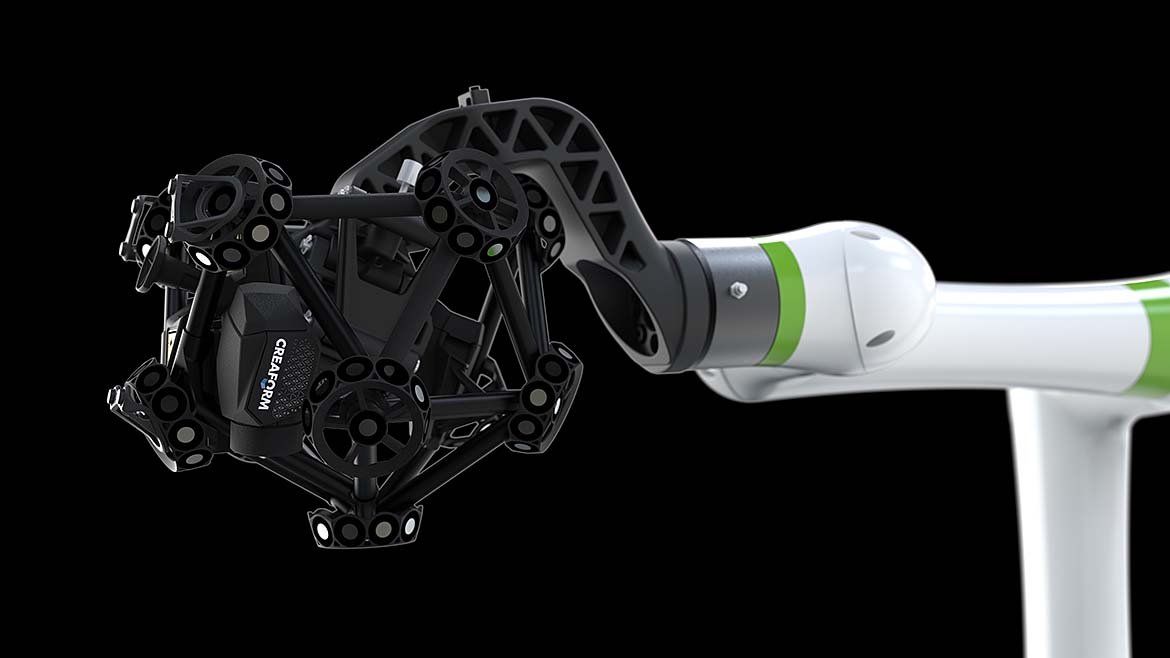
3D Scanning and Model-Based Definition: A New Look at GD&T
The increasing quality and accessibility of 3D scanning tools, particularly computed tomography, are giving quality control experts much more information about the parts they look at, experts say.
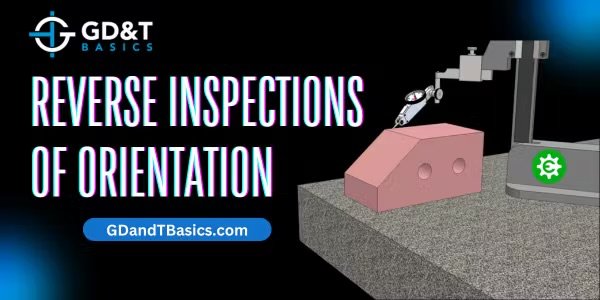
Reverse Inspections of Orientation
I am trying to check the parallelism of the surface of a part in relation to Datum A. Is it acceptable to locate off of the surface of the part and indicate on the Datum A?
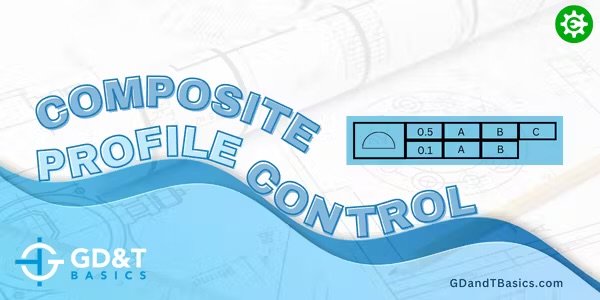
Composite Profile Control
Are the Datum structures in the two examples above valid for this drawing?If they are valid, wouldn’t both examples yield the same results when inspected?
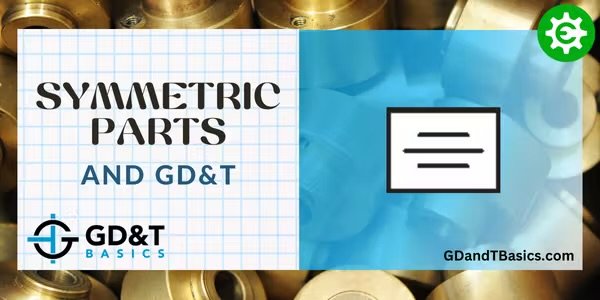

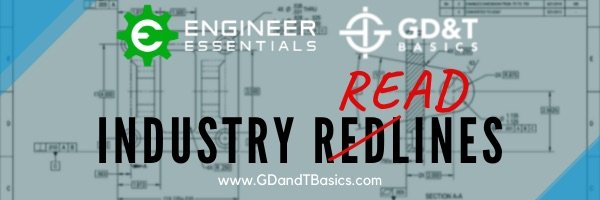

Flatness - GD&T and Calypso Rev 3 Book
Flatness (form tolerance): the tolerance zone is limited by two parallel planes a distance t apart.
Implies: Straightness of the surface or Straightness of the derived median line

2-Day In-Person Public GD&T Training Event on July 9-10, 2024
This In-Person GD&T Fundamentals Public Training Course allows you to learn GD&T in 2-days - with a live in-person instructor, enabling you to complete training off site, without distractions from the office or home. In this course, we teach a simple framework for understanding how GD&T is used and why it improves the manufacturing process. Our GD&T Fundamentals course focuses on practical knowledge and uses real-world drawing examples throughout the class to practice what is learned.
